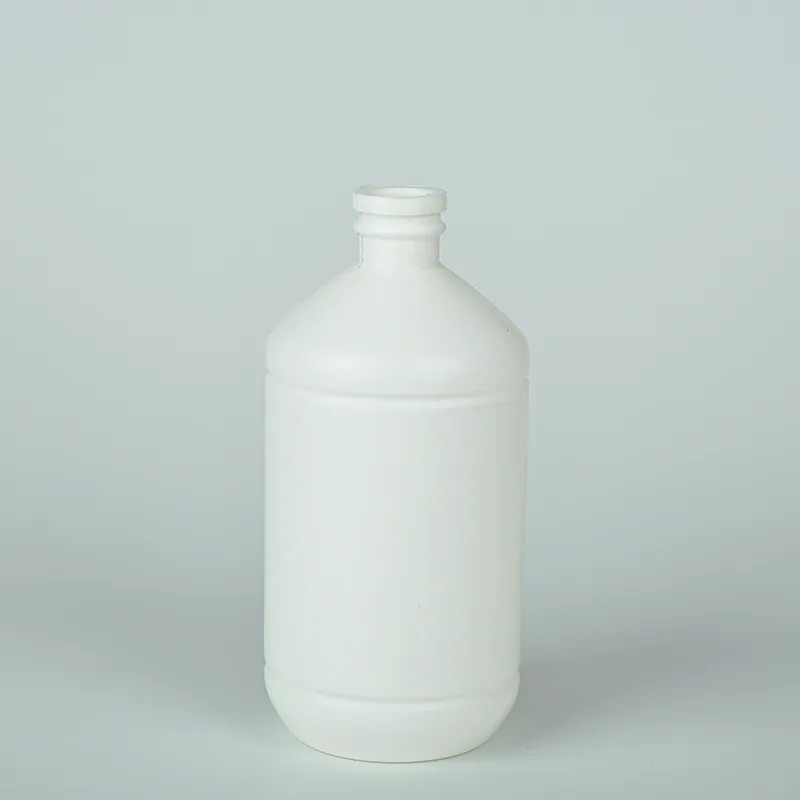
-
 Afrikaans
Afrikaans -
 Albanian
Albanian -
 Amharic
Amharic -
 Arabic
Arabic -
 Armenian
Armenian -
 Azerbaijani
Azerbaijani -
 Basque
Basque -
 Belarusian
Belarusian -
 Bengali
Bengali -
 Bosnian
Bosnian -
 Bulgarian
Bulgarian -
 Catalan
Catalan -
 Cebuano
Cebuano -
 Corsican
Corsican -
 Croatian
Croatian -
 Czech
Czech -
 Danish
Danish -
 Dutch
Dutch -
 English
English -
 Esperanto
Esperanto -
 Estonian
Estonian -
 Finnish
Finnish -
 French
French -
 Frisian
Frisian -
 Galician
Galician -
 Georgian
Georgian -
 German
German -
 Greek
Greek -
 Gujarati
Gujarati -
 Haitian Creole
Haitian Creole -
 hausa
hausa -
 hawaiian
hawaiian -
 Hebrew
Hebrew -
 Hindi
Hindi -
 Miao
Miao -
 Hungarian
Hungarian -
 Icelandic
Icelandic -
 igbo
igbo -
 Indonesian
Indonesian -
 irish
irish -
 Italian
Italian -
 Japanese
Japanese -
 Javanese
Javanese -
 Kannada
Kannada -
 kazakh
kazakh -
 Khmer
Khmer -
 Rwandese
Rwandese -
 Korean
Korean -
 Kurdish
Kurdish -
 Kyrgyz
Kyrgyz -
 Lao
Lao -
 Latin
Latin -
 Latvian
Latvian -
 Lithuanian
Lithuanian -
 Luxembourgish
Luxembourgish -
 Macedonian
Macedonian -
 Malgashi
Malgashi -
 Malay
Malay -
 Malayalam
Malayalam -
 Maltese
Maltese -
 Maori
Maori -
 Marathi
Marathi -
 Mongolian
Mongolian -
 Myanmar
Myanmar -
 Nepali
Nepali -
 Norwegian
Norwegian -
 Norwegian
Norwegian -
 Occitan
Occitan -
 Pashto
Pashto -
 Persian
Persian -
 Polish
Polish -
 Portuguese
Portuguese -
 Punjabi
Punjabi -
 Romanian
Romanian -
 Russian
Russian -
 Samoan
Samoan -
 Scottish Gaelic
Scottish Gaelic -
 Serbian
Serbian -
 Sesotho
Sesotho -
 Shona
Shona -
 Sindhi
Sindhi -
 Sinhala
Sinhala -
 Slovak
Slovak -
 Slovenian
Slovenian -
 Somali
Somali -
 Spanish
Spanish -
 Sundanese
Sundanese -
 Swahili
Swahili -
 Swedish
Swedish -
 Tagalog
Tagalog -
 Tajik
Tajik -
 Tamil
Tamil -
 Tatar
Tatar -
 Telugu
Telugu -
 Thai
Thai -
 Turkish
Turkish -
 Turkmen
Turkmen -
 Ukrainian
Ukrainian -
 Urdu
Urdu -
 Uighur
Uighur -
 Uzbek
Uzbek -
 Vietnamese
Vietnamese -
 Welsh
Welsh -
 Bantu
Bantu -
 Yiddish
Yiddish -
 Yoruba
Yoruba -
 Zulu
Zulu
Guide to Recycling Empty Eye Drop Containers for Sustainable Practices
The Importance of Properly Disposing of Empty Eye Drop Containers
Eye drops are an essential part of many individuals' daily routines, especially for those dealing with allergies, dry eyes, or other ocular conditions. However, once we finish using these products, we often overlook the disposal of their containers. Empty eye drop containers may seem insignificant, but they represent a growing environmental concern that warrants our attention.
First and foremost, empty eye drop containers can be made from various materials, including plastic and glass
. Improper disposal of these materials can lead to environmental pollution. Unlike organic waste, plastics and glass do not decompose easily and can remain in landfills for hundreds of years. Furthermore, if these containers are not disposed of correctly, they can contribute to litter in natural habitats, posing a risk to wildlife that may ingest or become entangled in debris.In addition to environmental implications, there are also health and safety concerns associated with improper disposal. Many eye drop solutions contain preservatives or other chemicals that could be harmful if released into the environment. If these containers are thrown into regular household waste, there is a chance that they may end up in landfills, where leaching substances can contaminate soil and groundwater. Therefore, understanding how to dispose of these containers responsibly is crucial not only for our health but also for the health of our environment.
empty eye drop container

Fortunately, there are several ways to properly dispose of empty eye drop containers. Many local pharmacies and health facilities offer medication take-back programs, where consumers can return unused or empty medical supplies for safe disposal. This practice not only helps prevent environmental contamination but also ensures that such materials are handled in accordance with regulatory guidelines. Additionally, some communities have designated recycling programs specific to medical waste, allowing residents to dispose of items like eye drop containers in a controlled manner.
For those who cannot access a designated disposal program, it is advisable to check if the container is recyclable. Many plastic eye drop bottles have recycling codes that indicate their suitability for recycling. If recycling is not an option, the best method is to seal the container in a bag and dispose of it in the household trash to minimize any potential harm.
In conclusion, while they may seem harmless, empty eye drop containers contribute to environmental and health issues if not disposed of properly. By being mindful of how we handle these containers, we contribute to a cleaner environment and promote safer practices for public health. It's essential for consumers to take personal responsibility and ensure these materials are discarded in a responsible and sustainable way.
-
Premium Metal Dropper Bottle for Precise Dispensing 250ml & 1ml Options AvailableNewsJul.04,2025
-
20 ml Headspace Vials - High Quality Polyethylene & Plastic Vials for Lab UseNewsJul.04,2025
-
Small Bottle with Pipette - Precise Dispensing 100ml Pipette Bottles for Essential Oils & Lab UseNewsJun.24,2025
-
Acetic Anhydride Bottle for Accurate Dropper Measurement in Pharmacy Use High-Quality Dropper BottlesNewsJun.10,2025
-
Innovative PET Bottle Design for Juice – Unique Shapes & Customization OptionsNewsJun.10,2025
-
20 Pack Sterilized Petri Dishes – Assorted Sizes, High Quality Small Plastic Petri Dishes for Lab UseNewsJun.10,2025






















